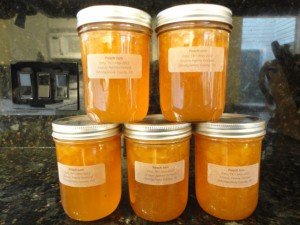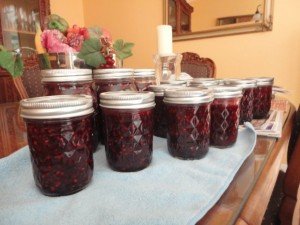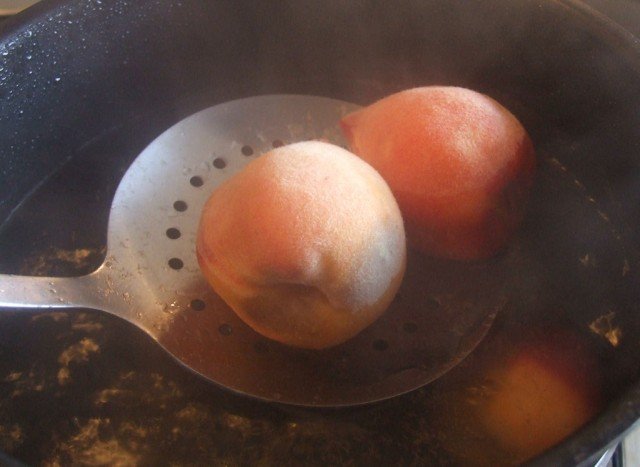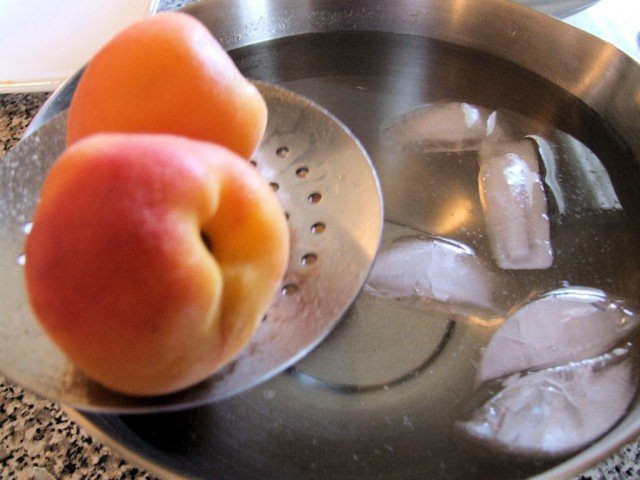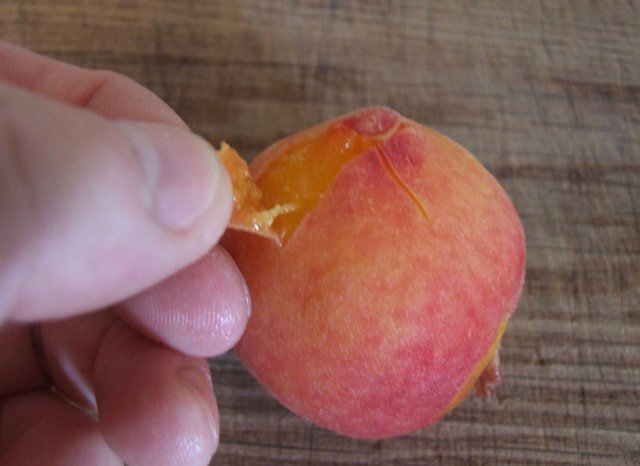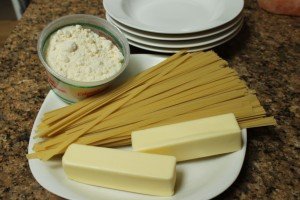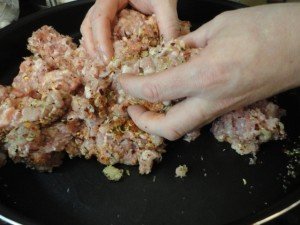Unless one has distaste for foods that are sweet, how can you not like jams, jellies, preserves or marmalade’s? Whether served with butter and toast, peanut butter on a sandwich, mixed with plain yogurt or used as a glaze for pork or chicken, these transformed fruits are wonderful. What is even more wonderful then store bought jams, jellies and preserves are those that are made at home?
For me, canning fruit is a natural extension of picking too much fruit at the “pick your own” fruit orchard. As with almost everyone, I enjoy the taste of fresh picked fruit, but there is a tendency to pick too much fruit at an orchard. Likewise, I am not above accepting a large box of oranges from a friend of a friend who has access to an family owned orange grove. Regardless of how I come to possess a large amount of fruit, even as I am eating the fruit, I am starting to plan and allocate time for the canning of fruit jam and marmalade’s.
I will not lie; every time I make fruit jam I am convinced I am going to produce a final product that has gone horribly wrong. Whether the jam that does not properly set, the jars are not properly sterilized creating an environment for botulism, or that a vacuum is not created with the lids requiring the redo. Despite these concerns, it is only the former; fruit (Peach and Orange) not perfectly setting that has been a slight issue.
The process for making jams is quite simple and is not as mysterious as we may think. As with most efforts in the kitchen that use the words; homemade, from scratch, artisan and like grandmother used to make, there is a little more effort and time involved, but nothing that is impossible or too difficult to attempt. Despite the perceived mystery behind canning fruit, in the long history of preserving food, canning is a relative newcomer with only 200 years of history and 150 years for home canning (using glass jars). Prior to canning, the preserving of fruits and vegetables was achieved through drying, cold storing (cellar), pickling, sugaring (syrup), or salting. All of these methods were effective to plan that there was food available during the months when fruits and vegetables were not available for harvest.
Quick History Lesson:
- 1795 the French military offered a cash prize for a new method of preserving food.
- 1806 Nicolas Appert proved that food could be preserved by sealing it in a metal can and then heating the entire contents.
- 1810 and onwards, commercial canning operations were established throughout mainland Europe, Great Britain and the United States. Over time the process improved, but the lead solder used to seal the seam of the cans was a source of lead poisoning.
- Although home canning was gaining acceptance during this time, it was not until 1858, when John L. Mason, a tinsmith developed the process of cutting threads into glass jars allowing for the lid to be secured during the sealing process creating the vacuum seal
- 1862 Louis Pasteur with Claude Bernard proved that bringing foods to a specific heat would destroy most bacteria and molds present, reducing the opportunity for spoilage. What had been achieved for the prior 60 years was now understood and today we know this process as Pasteurization.
- The next 100 years realized continued improvements and refinements to the home canning process, but the basic process of sealing and applying high heat to the contents remains basically the same.
The requirements to produce homemade jams, jellies, preserves or marmalade is relatively simple. Most recipes require between 3 – 4 pounds of fresh picked fruit (local fresh picked fruit is superior to fruit purchased in grocery stores for canning), sugar, pectin, mason jars, lids, screw caps, a large deep pot to open boil the sealed jars, canning rack (I do not use this implement – shame on me) a large mouth funnel and tongs. In addition to the instructions on the back of the box of pectin, the instructions from Ball is a great step by step how to can fruit at home in the kitchen. Both Ball and Sure-Jell are great resources to answering all of your questions and concerns. These two companies are in the business of ensuring that the process to can fruits in the kitchen is easy and safe. For if you are unsuccessful then they are unsuccessful.
Almost all grocery stores carry the necessary supplies needed for home canning; pectin, jars, lids and screw caps. The glass mason jars are reusable year after year as long as they are not damaged. I do not have a problem purchasing additional mason jars each year, but I have found that my friends and family are very conscientious in returning the empty mason jars back to me. I am not sure if this is because they realize that mason jars are an expense or this is their subtle way of letting me know that they would like more of the homemade jams and marmalade’s I produce? It is also important to give a jar or two of prepared fruit back to the person that supplied you with the fruit if you received your fresh fruit as a gift. I have found that this ensures an annual supply of fresh picked fruit available for canning.

